Nissan created a masterpiece which has once again earned the name ‘Godzilla’
The Nissan GT-R had a lot to live up to and in every way, it delivered.
To supercar snobs it’s known as ‘the poor man’s supercar’ but to those that can look past a badge, the Nissan GT-R is a performance car that can beat every other car in its class. Sure, it doesn’t have scissor doors, it’s styled like a sports car and costs half as much as a lot of supercars but the way the GT-R performs is nothing short of supercar behaviour.
Here’s why the overhyped GT-R really is as good as people say it is and why it’s the best-in-class.
Top Gear lap time
When it was on everyone’s favourite car show in 2009, back when the GT-R was still brand new, it Beat the Murcielago, 911 GT3 RS, Ferrari 430 and many other cars with a time of 1:19.7.
More impressively, when it returned to the show in 2016, The Stig recorded an even more impressive lap time of 1:17.8 in the newer GT-R, beating the Zonda F, Bugatti Veyron, Mercedes McLaren SLR, Ferrari GTO, Ariel Atom, Ferrari Enzo, Maserati MC12, Ferrari 458 and many other much more expensive supercars!
It was built to be heavy – unique design philosophy
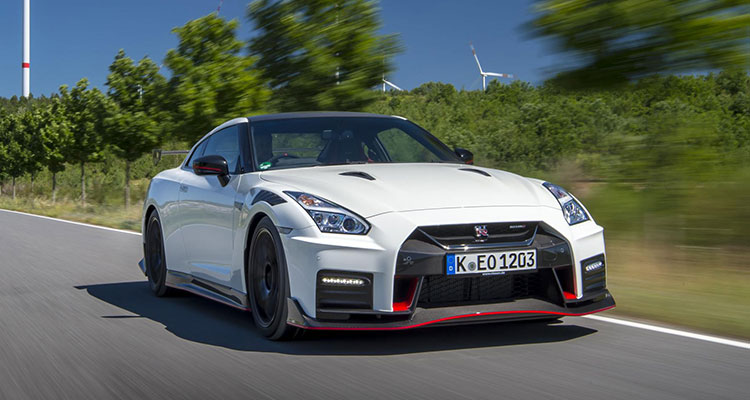
Kazutoshi Mizuno, the person who helped Nissan take the GT-R from dream to reality, had a unique idea of car design philosophy. He wanted the GT-R to be heavy. Weight wasn’t an issue but rather a tool to increase grip. Where other performance car makers want to strip things down as much as possible to reduce weight, Mizuno decided the weight could be used to enhance the performance.
Weighing as much as a luxury saloon, the GT-R is not your average supercar which could be why it’s faster than the rest.
It’s well-priced
Starting at £84,035, the Nissan GT-R is capable of beating cars that are twice the price. The main competitor for the GT-R would likely be the Porsche 911 which starts at £82,795 but even though the 911 fights a fair fight, it’s still around a half a second slower from 0-60mph, slower in a ¼ mile and slower around a circuit.
It’s a small price to pay for a car that can go around the Nurburgring faster than (or as fast as) a Lexus LFA, 911 Turbo S, McLaren 650S, Honda NSX, Ferrari 458, Bugatti Veyron and Porsche Taycan to name a few.
It accelerates like nothing else
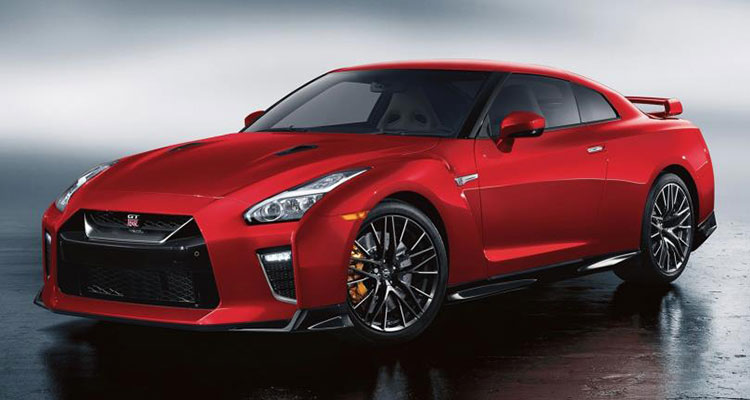
It’s AWD, has 565 horsepower and weighs a lot, making the GT-R launch incredibly quick. The Nismo version of the GT-R is still the 8th fastest production car in the world in terms of acceleration, with a recorded 0-60mph time of just 2.48 seconds. It’s also the second-fastest front-engine car on the list, only beaten by the Dodge Challenger SRT Demon.
It was also described by Jeremy Clarkson as “the only car that when it accelerates, it actually hurts”.
Faster than a 911 Turbo around the Nurburgring (allegedly)
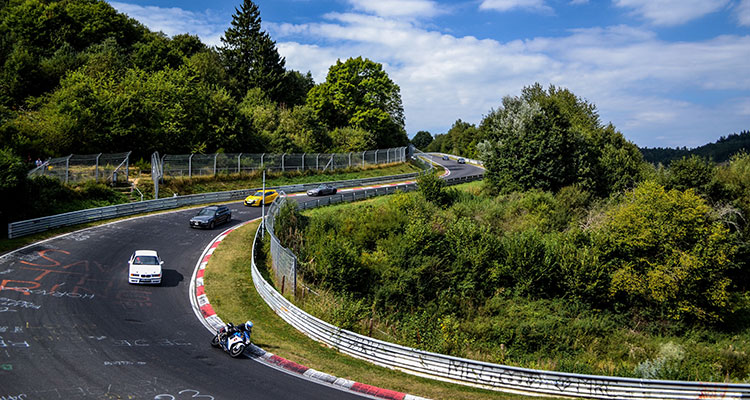
Met with a lot of controversy, back around the time of launch, Nissan boldly bragged that their GT-R had beaten the Porsche 911 Turbo’s time around the Nurburgring. Of course, this sparked outrage amongst Porsche fans as the 911 Turbo was a much more expensive car and therefore, was thought to be much faster.
You can turn it into a monster
Like many Japanese cars, the GT-R is popular among the car tuning community. Perhaps thanks to its solid engine and quality engineering, the GT-R can be modified to produce otherworldly amounts of power.
One particular example, built by Extreme Turbo Systems, was tuned to 3,000 horsepower and managed to defy physics by reaching 255.53 mph in a ½ mile drag, setting a new world record! Other examples have been tuned to 2,000hp, 1,000hp and it’s very common to have them tuned up more moderately to 600 or 700hp.
The centre console was influenced by a video game developer
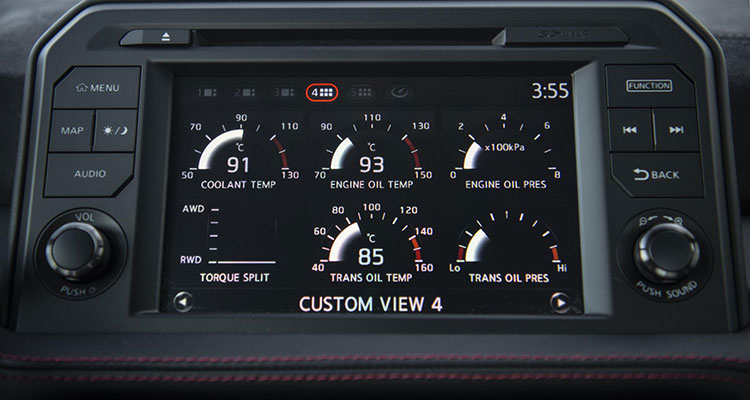
Polyphony, the makers of Gran Turismo, helped make the centre console for the GT-R. People often describe driving the car like being in a video game so perhaps this has some influence. The centre console, made by the makers of PlayStation’s biggest racing game, is full of functions and customisable dials including G-force
The engine
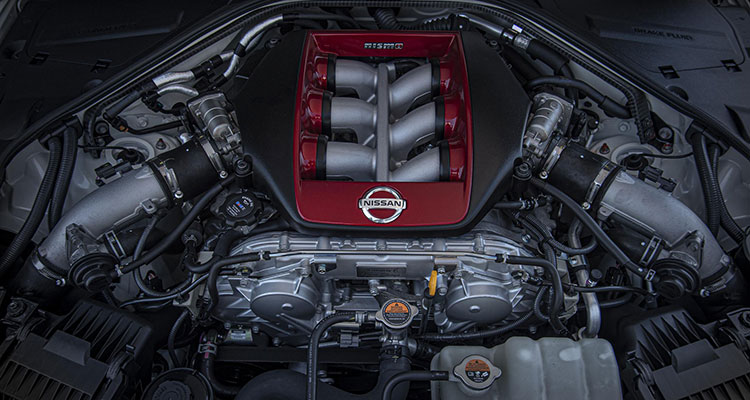
The GT-R’s 3.8-litre twin-turbo V6 engine produces around 550 horsepower and 628 Nm (463 lb-ft) of torque. In the GT-R Nismo, those figures are pushed up to 600 and 652 respectively.
It’s a potent engine that’s paired with a class-leading AWD system, making the GT-R a real ground rocket.
Lightning-quick transmission
The GT-R was one of the first cars in its class to have a dual-clutch transmission, allowing for ultra-fast gear changes and those legendary launches we all know so well. Although a 6-speed dual-clutch transmission may not seem impressive today, what’s important is that Nissan nailed it first time, while competitors had to play catch-up in honing their transmissions and trying to match the ingenuity of Nissan’s innovation.
Unusually reliable and practical
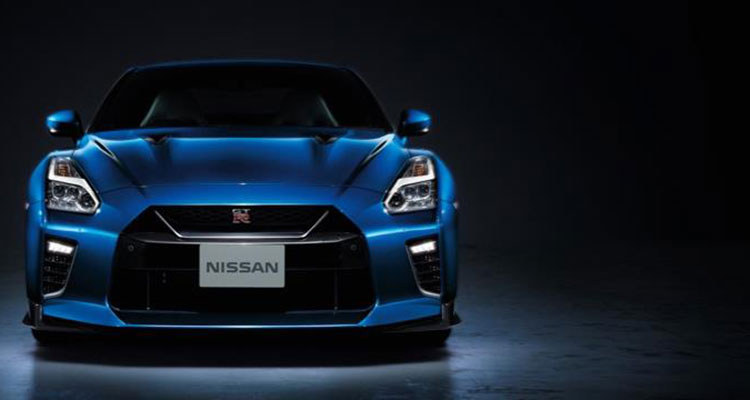
It’s still a performance car that will need special tyres and overly-frequent oil changes but when compared to its competitors, the GT-R is built solidly and less goes wrong than in say, a McLaren. That being said, issues with the transmission are common and very costly.
As for practicality, although the ride is especially firm, the boot is large, the rear seats are more spacious than most and there are features like the reversing camera and Bose sound system that just make it easy to live with.
And so, there are ten reasons why the GT-R is best-in-class. It’s faster than the rest, drives like a supercar twice its price and is one of the most affordable supercars you’ll find. What’s not to love?
Let us know what you think in the comments!
If you enjoyed this, you may also like: What Made The DeLorean A Bad Car?
For more articles like this, receive our weekly e-newsletter, including partner deals and all things motoring, register your email below.
Please note: You cannot subscribe to Smart-Motoring unless you put a tick in the checkbox below to indicate have read and agreed to our privacy policy.



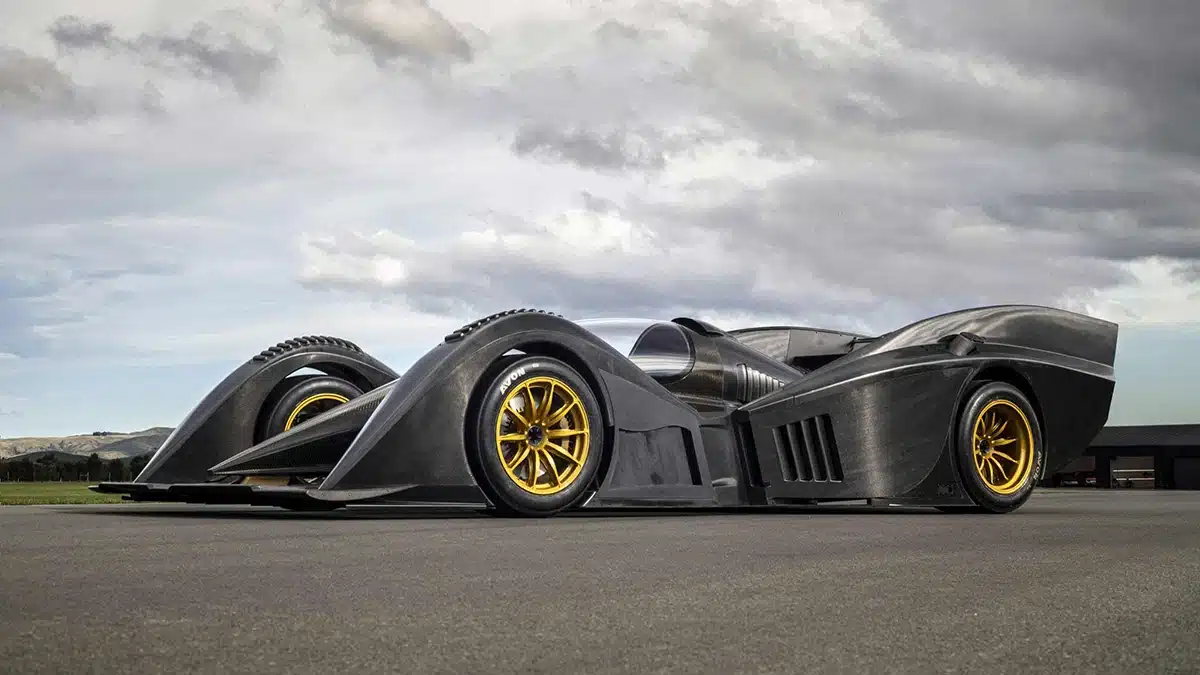
Having owned a 2010 model, I can only agree with all the comments in this article. I Including the negatives about servicing frequency and tyre wear.